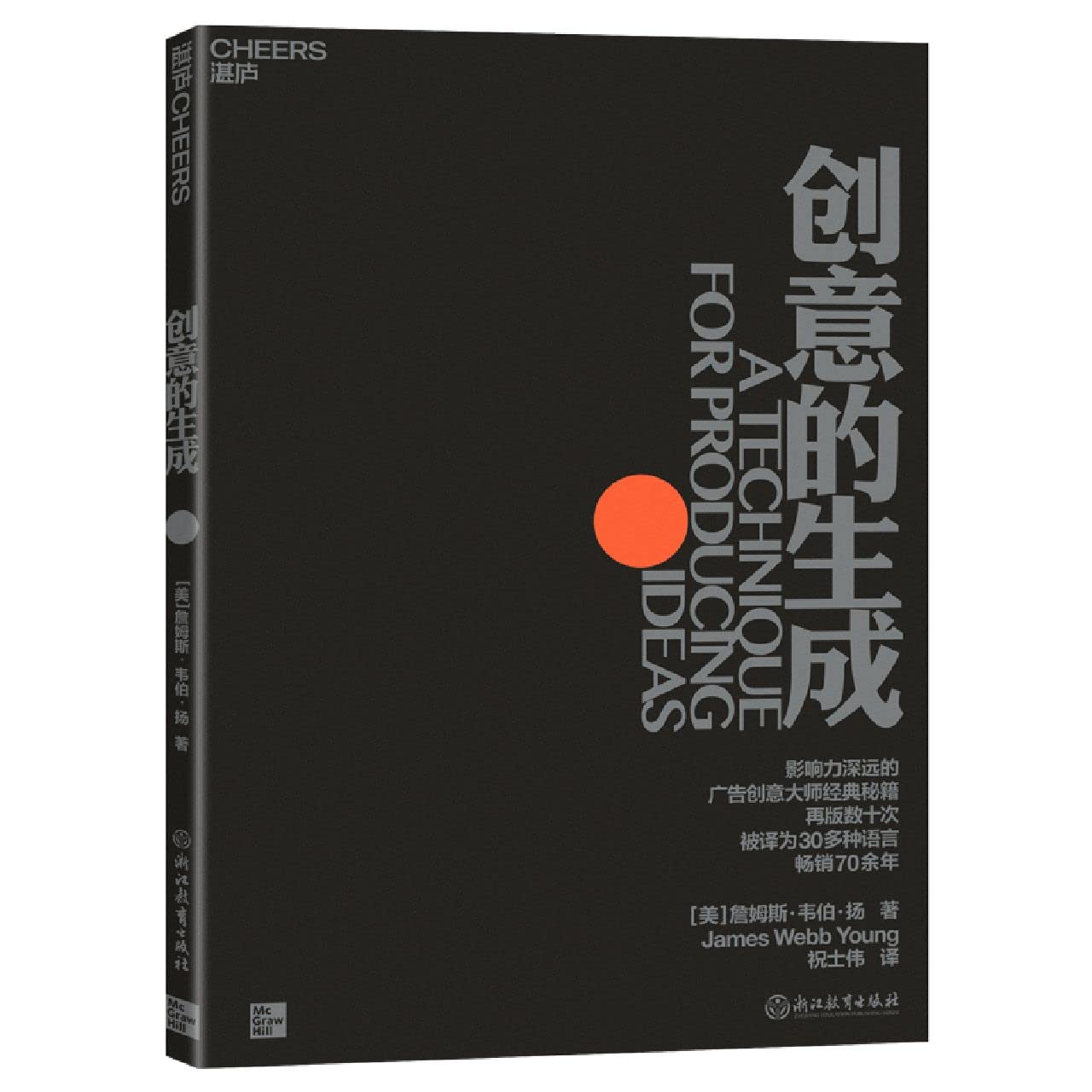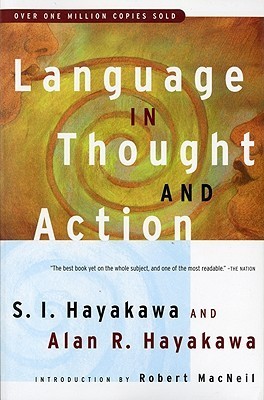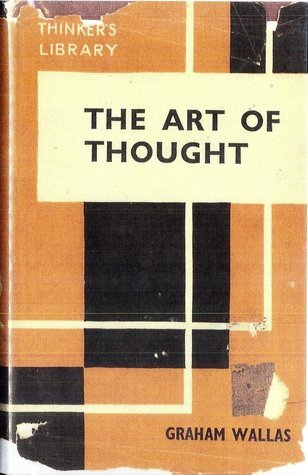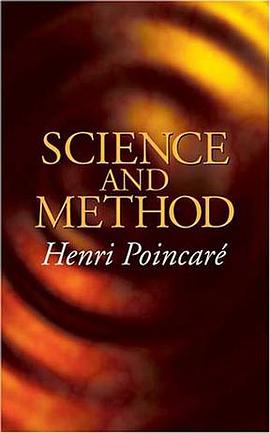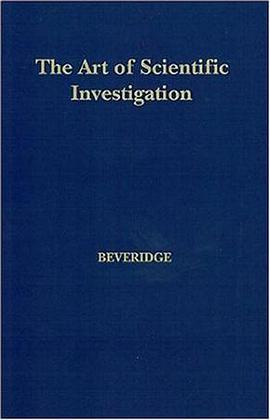A technique for producing ideas
Language in Thought and Action [图书] Goodreads
Mariner Books
1991
- 1
<b>In an era when communication has become increasingly diverse and complex, this classic work on semantics—now fully revised and updated—distills the relationship between language and those who use it.</b><br /><br /> <br /><br />Renowned professor and former U.S. Senator S. I. Hayakawa discusses the role of language in human life, the many functions of language, and how language—sometimes without our knowing—shapes our thinking in this engaging and highly respected book. Provocative and erudite, it examines the relationship between language and racial and religious prejudice; the nature and dangers of advertising from a linguistic point of view; and, in an additional chapter called “The Empty Eye,” the content, form, and hidden message of television, from situation comedies to news coverage to political advertising.
The Art of Thought [图书] Goodreads
作者:
Graham Wallas
Watts & Co
1949
- 1
The Art of Thought, originally published in 1926, was the first work to give a clear, inspiring, and authoritative exposition of the process of reasoning, in language adapted to the general reader as well as the student of psychology. It established itself as a standard guide to the mechanism of thought, and its message remains of essential value to a world confronted with problems of increasing complexity.
Science and Method [图书] 豆瓣
作者:
Henri Poincare
Dover Publications
2003
- 11
" Vivid . . . immense clarity . . . the product of a brilliant and extremely forceful intellect." — Journal of the Royal Naval Scientific Service
"Still a sheer joy to read." — Mathematical Gazette
"Should be read by any student, teacher or researcher in mathematics." — Mathematics Teacher
The originator of algebraic topology and of the theory of analytic functions of several complex variables, Henri Poincaré (1854–1912) excelled at explaining the complexities of scientific and mathematical ideas to lay readers. Science and Method, written in 1908, has been appreciated by a wide audience of nonprofessionals and translated into many languages. It defines the basic methodology and psychology of scientific discovery, particularly in regard to mathematics and mathematical physics. Drawing on examples from many fields, it explains how scientists analyze and choose their working facts, and it explores the nature of experimentation, theory, and the mind. 1914 edition. Translated by Francis Maitland.
"Still a sheer joy to read." — Mathematical Gazette
"Should be read by any student, teacher or researcher in mathematics." — Mathematics Teacher
The originator of algebraic topology and of the theory of analytic functions of several complex variables, Henri Poincaré (1854–1912) excelled at explaining the complexities of scientific and mathematical ideas to lay readers. Science and Method, written in 1908, has been appreciated by a wide audience of nonprofessionals and translated into many languages. It defines the basic methodology and psychology of scientific discovery, particularly in regard to mathematics and mathematical physics. Drawing on examples from many fields, it explains how scientists analyze and choose their working facts, and it explores the nature of experimentation, theory, and the mind. 1914 edition. Translated by Francis Maitland.
The Art of Scientific Investigation [图书] 豆瓣 Goodreads
The Art of Scientific Investigation
作者:
William I.B. Beveridge
Blackburn Press
2004
- 11
In The Art of Scientific Investigation, originally published in 1950, W.I.B. Beveridge explores the development of the intuitive side in scientists. The author's object is to show how the minds of humans can best be harnessed to the processes of scientific discovery. This book therefore centers on the "human factor"; the individual scientist. The book reveals the basic principles and mental techniques that are common to most types of investigation. Professor Beveridge discusses great discoveries and quotes the experiences of numerous scientists. "The virtue of Mr. Beveridge's book is that it is not dogmatic. A free and universal mind looks at scientific investigation as a creative art. . . ." The New York Times

